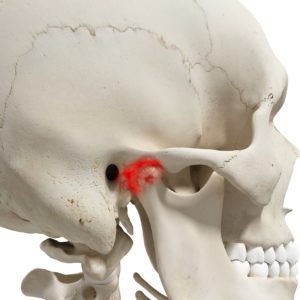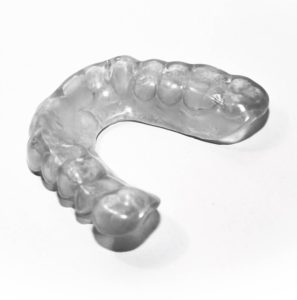Are My Headaches Caused by Dental Problems?
They could be! 
Chronic headaches are often an indication of a bite problem. Some people refer to this as “TMJ”, which is actually a misnomer. TMJ stands for temporomandibular joint, and most headaches are not directly related to the joint itself. It has much more to do with your facial muscles.
How are Headaches Related to the Teeth and Jaws?
The teeth and jaws are part of a complex system involving the TMJ, the facial muscles that open and close the mouth, and the unique puzzle-piece fit of the upper and lower teeth. They are all interrelated. When one member of the system has a problem, it usually affects all others in some way.
 The most common problem we see is a hyperactivity of the facial muscles in squeezing the upper and lower teeth together. The technical term for this is bruxism, which includes both clenching and grinding of the teeth. Just as your biceps muscles become sore after doing too many curls, your facial muscles will become sore after clenching the teeth together.
The most common problem we see is a hyperactivity of the facial muscles in squeezing the upper and lower teeth together. The technical term for this is bruxism, which includes both clenching and grinding of the teeth. Just as your biceps muscles become sore after doing too many curls, your facial muscles will become sore after clenching the teeth together.
One of the important muscles that functions to close the upper and lower jaws is the temporalis muscle. This large fan-shaped muscle covers the entirety of both temples and even extends toward the forehead. When this muscle is overused in heavy bruxism, it hurts, leading to a headache. You can also experience tenderness in other large facial muscles involved in clenching, like the masseter and pterygoid muscles. These muscles, when overworked, cause pain in the cheeks that is worse when you clench your teeth together.
How do Bite Problems Cause Headaches?
We’ll start by describing an ideal jaw system. For a “perfect bite”, the three distinct components of the system have to be in harmony. This means that the “ball” of the lower jaw is at rest within the “socket” of the skull, while the upper and lower teeth fit together comfortably and the facial muscles are only partially flexed. This perfect bite is pretty rare.
More commonly, the teeth win and force the joint and/or muscles into less-than-ideal positions. Think about it: there is only way that you can put your upper and lower teeth together. Your natural instinct is to make the teeth fit without regard to your TMJ or your muscles. So in many people, this causes strain on the joints and muscles because they are no longer in the best position for proper function.
Squeezing the teeth together may pull the “ball” slightly out of the socket or cause over-contraction of the facial muscles. Bites that have interferences (where the way teeth touch prevents them all from coming together naturally and with even force) usually put the muscles into overdrive, trying (and failing) to achieve a good bite.
Having a joint that is constantly functioning slightly out of socket can trigger arthritis, nerve pain, and headaches.
How Can the Dentist Help Fight these Headaches?
For some, this muscle strain occurs during the daytime as they clench their way through a tough commute, a stressful day at work, or a strenuous workout at the gym. Other people will have increased muscle activity at night through bruxism. Joint strain can cause pain any time, day or night. The goal of any bite treatment is to help you achieve a bite arrangement where the teeth, TMJs and muscles are in harmony.
Protective Appliances (Splints)
 One way to achieve relief from the pain of bite problems is to wear a protective appliance over the teeth, also called a splint. By covering the teeth, it changes and directs the way the upper and lower teeth fit together. It allows the joints and muscle to reach their most natural and comfortable position by taking that puzzle-piece fit of the teeth out of the equation.
One way to achieve relief from the pain of bite problems is to wear a protective appliance over the teeth, also called a splint. By covering the teeth, it changes and directs the way the upper and lower teeth fit together. It allows the joints and muscle to reach their most natural and comfortable position by taking that puzzle-piece fit of the teeth out of the equation.
This is a temporary solution, in that when the splint is not covering the teeth, the teeth will again cause strain on the joints and muscles. Many people can wear nightguards every night and sufficiently alleviate their headaches. For those with ongoing daytime pain, a more permanent solution is in order.
Bite Analysis and Equilibration
In order to put the bite back into harmony with the joints and muscles, it may be necessary to change the way the upper and lower teeth come together. This can occur through repositioning the teeth (through orthodontic movement), reshaping the teeth, or a combination of both. The goal is to reconfigure the bite so that when the upper and lower teeth fit together, the TMJs are also in the correct alignment, and the facial muscles have the correct amount of tension.
This process is not a quick or random undertaking. Dr. Ann and Dr. Lauren have spent countless hours studying bite problems and learning techniques to properly diagnose and treat them. After the appropriate diagnosis, treatment could be as simple as adjusting a few small areas of bite interference. It could also be as complicated as completely rebuilding the bite by covering all the teeth with dental crowns.
Most patients will need to wear a nighttime appliance to keep the teeth in the new arrangement to ensure the long-term health of the joints and muscles.
Do You Think Your Headaches could be Due to Bite Problems?
Call Designer Smiles today to schedule a consultation with Dr. Ann and Dr. Lauren. They can answer all of your questions and begin the assessment of your current situation.
